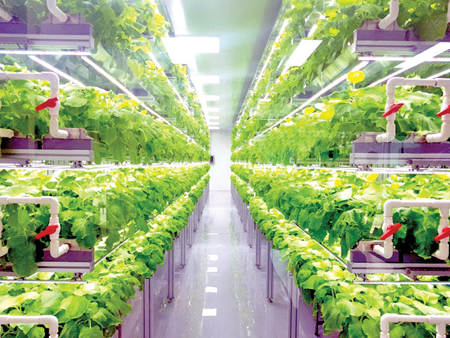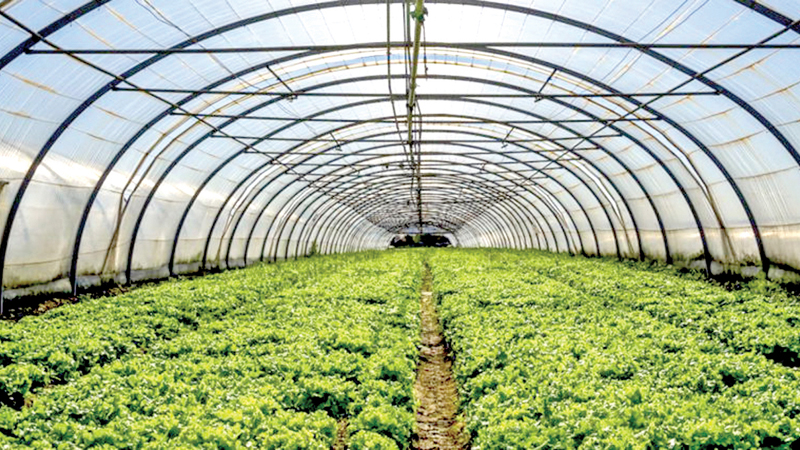As the world faces the mounting challenges of climate change, resource depletion, and environmental degradation, the construction industry has come under scrutiny for its substantial contribution to global emissions and waste. A promising solution lies in incorporating green agriculture into the construction sector. This approach not only reduces environmental harm but also paves the way for more sustainable and resilient housing.
Environmental cost of conventional construction
Traditional construction methods often rely on materials like concrete, steel, and bricks, which require energy-intensive manufacturing processes. These materials emit large amounts of greenhouse gases and leave behind a significant carbon footprint. The extraction of raw materials for construction often damages ecosystems and depletes natural resources. As urban areas expand, the demand for construction materials grows, further exacerbating environmental pressures.
In contrast, materials derived from green agriculture are renewable, biodegradable, and have a much smaller environmental impact. By turning to these alternatives, the construction industry can reduce its dependence on non-renewable resources while mitigating the harm caused by conventional practices.
Sustainable building materials
 Green agriculture offers a diverse range of materials that can replace traditional construction inputs. Bamboo, for instance, is an excellent alternative to timber, given its rapid growth rate and remarkable strength. Hempcrete, made from hemp fibers, lime, and water, serves as a lightweight, durable, and carbon-sequestering substitute for concrete.
Green agriculture offers a diverse range of materials that can replace traditional construction inputs. Bamboo, for instance, is an excellent alternative to timber, given its rapid growth rate and remarkable strength. Hempcrete, made from hemp fibers, lime, and water, serves as a lightweight, durable, and carbon-sequestering substitute for concrete.
Straw bales and agricultural residues can be used as insulation materials, providing thermal efficiency without the environmental costs of synthetic options.
These materials not only reduce energy consumption during production but also offer additional benefits. Many agricultural by-products are naturally resistant to pests and provide excellent insulation, reducing the energy needed for heating and cooling. They also help create healthier indoor environments by minimising toxic emissions from synthetic materials.
Economic and social benefits
Incorporating green agricultural materials in construction goes beyond environmental benefits; it also contributes to local economies. Farmers can earn additional income by supplying agricultural residues or cultivating crops specifically for construction purposes. This practice strengthens rural communities, reduces waste, and creates job opportunities in both agriculture and sustainable construction.
Houses built with green agricultural materials can be more affordable due to the lower cost of raw materials. This affordability makes sustainable houses an accessible option for low-income populations, addressing housing shortages while promoting environmental responsibility.
Challenges and the way forward
Despite its potential, the widespread adoption of green agriculture in construction faces challenges. Limited awareness, lack of technical expertise, and regulatory hurdles often hinder progress. To overcome these barriers, governments and industry stakeholders must work together to promote research, provide incentives, and establish standards for the use of agricultural materials in construction.
Education and advocacy play a crucial role in shifting public perceptions. By showcasing successful examples of green agriculture in housing, communities can gain confidence in the safety, durability, and aesthetic appeal of these structures. Encouraging innovation and collaboration among architects, engineers, and farmers will also accelerate the development of new techniques and materials.
A sustainable blueprint for the future
The integration of green agriculture into construction is not just an environmental imperative but a necessity for building a sustainable future. By rethinking how we design and construct homes, we can reduce our ecological footprint, support local economies, and ensure healthier living environments.
This approach aligns with global efforts to combat climate change and demonstrates how industries can collaborate with nature rather than exploit it.
Constructing houses with green agriculture materials is more than a trend; it is a transformative step towards a greener, more equitable world. By embracing this shift, we can reimagine housing as a force for sustainability and a symbol of our commitment to preserving the planet for generations to come.






